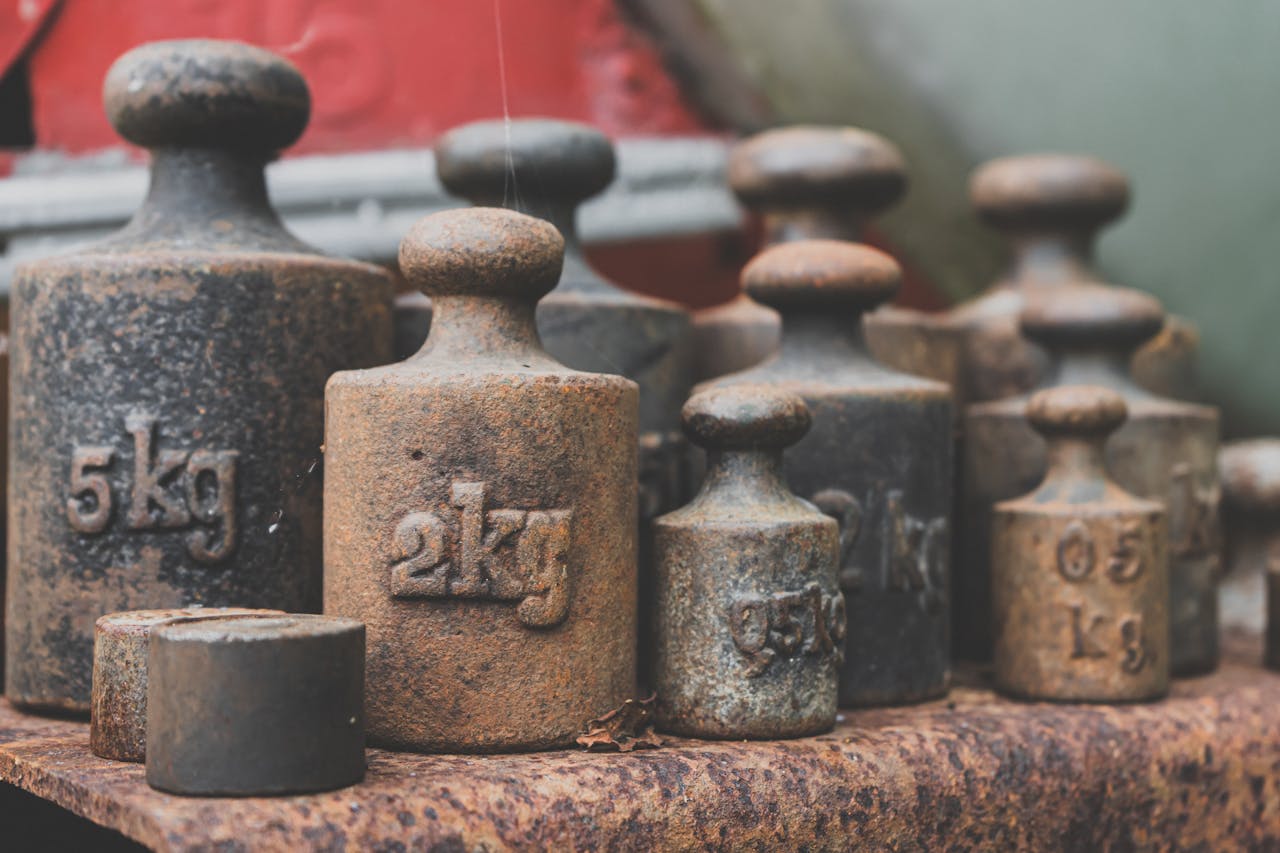Cast iron lamp posts are widely used in urban planning, parks, historical areas, and decorative lighting projects. They combine durability with classic aesthetic appeal. The manufacturing process of cast iron lamp posts involves several stages to ensure both structural strength and artistic design. Below is an overview of the typical production process:
1. Design and Pattern Making
The first step involves creating a detailed design of the lamp post, including its dimensions, decorative elements, and functional requirements. Based on the design, a pattern (usually made of wood, plastic, or metal) is crafted. This pattern is a replica of the final product and will be used to form the mold.
2. Mold Preparation
Using the pattern, molds are made—often from sand mixed with a binding agent to retain shape under high heat. The mold usually consists of two halves (cope and drag), which, when assembled, create a cavity that matches the shape of the lamp post.
3. Melting and Pouring
Cast iron is produced by melting pig iron along with scrap iron and additives in a furnace (often a cupola or induction furnace). Once the molten iron reaches the desired temperature (around 1400–1500°C), it is carefully poured into the prepared molds.
4. Cooling and Demolding
After pouring, the molten metal is left to cool and solidify inside the mold. Cooling time can vary depending on the size and complexity of the lamp post. Once solidified, the mold is broken apart to remove the raw casting.
5. Cleaning and Surface Treatment
The freshly cast lamp post is cleaned to remove sand, scale, and any surface imperfections. This is often done through shot blasting or sandblasting. Any excess material (such as sprues or runners) is trimmed off, and surface defects are repaired if necessary.
6. Machining and Finishing
Some parts of the lamp post may require machining for precision fitting (e.g., base holes, threaded parts). After machining, the lamp post may be painted, powder-coated, or treated with protective coatings to resist corrosion and enhance appearance.
7. Assembly and Quality Control
If the lamp post is made in separate sections, they are assembled during this stage. Each product undergoes a strict quality control process to check for dimensional accuracy, surface finish, and structural integrity.
8. Packaging and Delivery
Finally, the finished lamp posts are carefully packaged to prevent damage during transportation and then shipped to the installation site.



